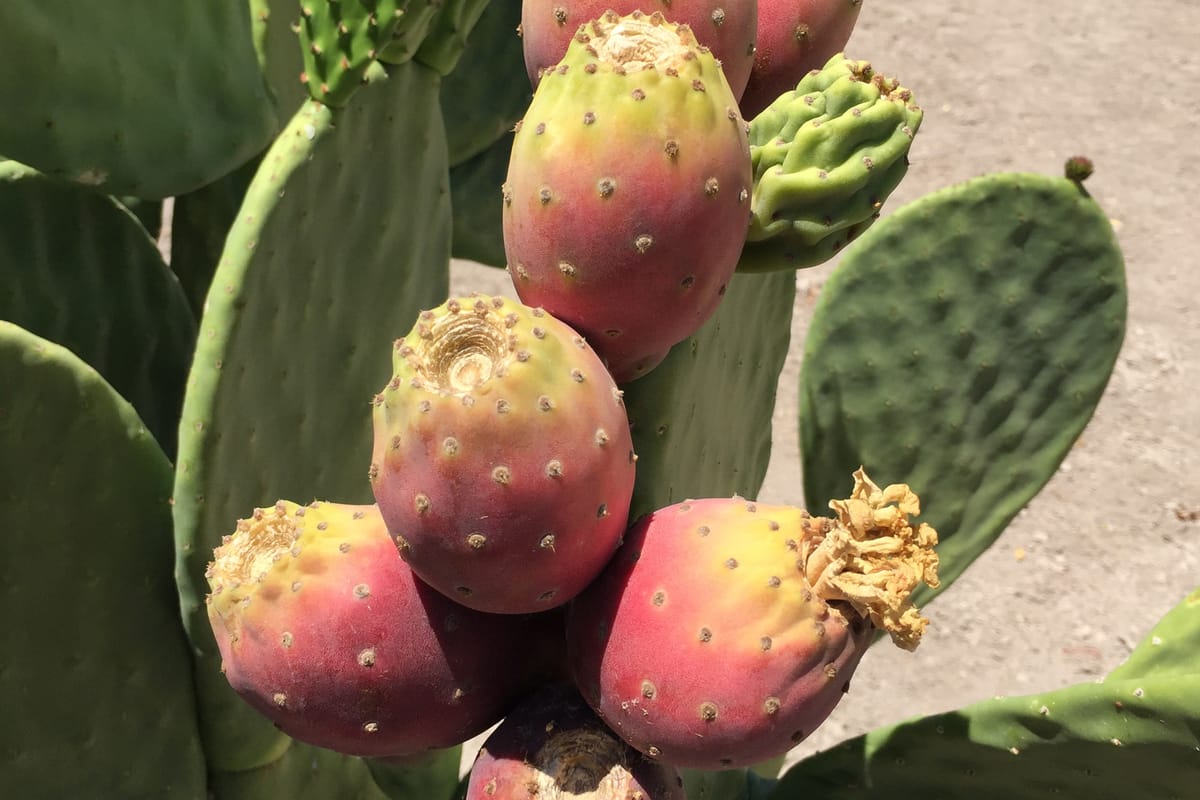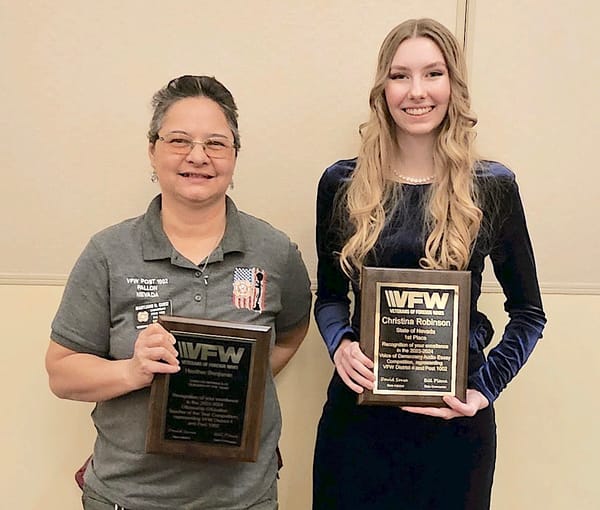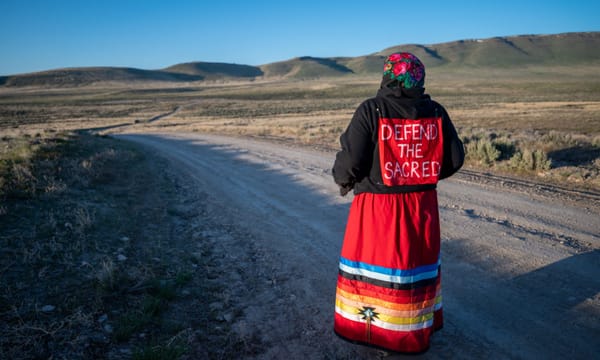Experiment Station projects serve Nevadans at facilities throughout state

Submitted by University of Nevada, Reno
RENO–This week the University of Nevada, Reno is touting the diverse research being conducted at its various Experiment Station facilities throughout the state. The research unit is a part of the University’s College of Agriculture, Biotechnology & Natural Resources. It maintains a network of field stations throughout the state, providing researchers different environments where they can experiment on a larger scale while supporting the needs of the nearby communities.
“I think it’s really an exciting time for the Experiment Station, as our research is expanding throughout the state and our faculty are heavily engaged in projects that will serve to help our stakeholders in all areas of Nevada,” Chris Pritsos, director of the Experiment Station, said. “We’re really expanding our research capacity throughout the state. Our faculty have gone out and successfully competed for grants to support their work, and we are making significant impacts, whether it be in the area of water, agriculture production, environmental science or the cattle industry.”
Nevada State News is sharing details the University has provided on some of the projects occurring at the different field stations, including those done in partnership with UNR’s Extension and other partners. This is the first of a five-part series.
Logandale Research & Extension Center
The Experiment Station’s Logandale Research & Extension Center, located in Logandale in Clark County, was home to a recently concluded five-year study looking at cactus pear as a biofuel source and a sustainable food and forage crop. Results of the study, led by Biochemistry & Molecular Biology Professor John Cushman, show the plant may be able to provide fuel and food in places that previously haven’t been able to grow much in the way of sustainable crops. In addition, when the cactus pear is not being harvested for biofuel, then it works as a land-based carbon sink, removing carbon dioxide from the atmosphere and storing it in a sustainable manner. The published results were co-authored by Associate Professor and Extension Educator in Logandale Carol Bishop, postdoctoral research scholar Dhurba Neupane, and biochemistry graduate students Nicholas Alexander Niechayev and Jesse Mayer.
Additional research at the lab includes a study of 19 varieties of pomegranates – varieties that researchers believe have never been grown in southern Nevada before.
Research Center & Demonstration Orchard
Much of the Experiment Station’s research is shared between northern and southern Nevada, as the goal is to find crops that work in both the Great Basin and the Mojave Desert regions. Biochemistry Professor Grant Cramer and Associate Professor and Extension Horticulture Specialist M.L. Robinson conducted one such study at the Research Center & Demonstration Orchard in Las Vegas on hybrid grape varieties. The study, also performed at the Valley Road Field Lab located at the University’s main campus in Reno, had positive results, showing that many wine grape varieties studied work well in both northern and southern Nevada. In addition, many of the varieties grew exceptionally well without needing fertilizer, and some have been provided to local winemakers.
The Demonstration Orchard, part of the University of Nevada, Las Vegas’s Center for Urban Water Conservation in North Las Vegas, has been a cooperative effort between Extension and the University of Nevada, Las Vegas for over 25 years. The orchard has over 800 fruit trees and grapevines, vegetables and other row crops being tested for their ability to survive and produce under desert conditions. In addition, homeowners and commercial producers can attend classes or take tours at the orchard periodically throughout the year.
Source: University of Nevada, Reno





